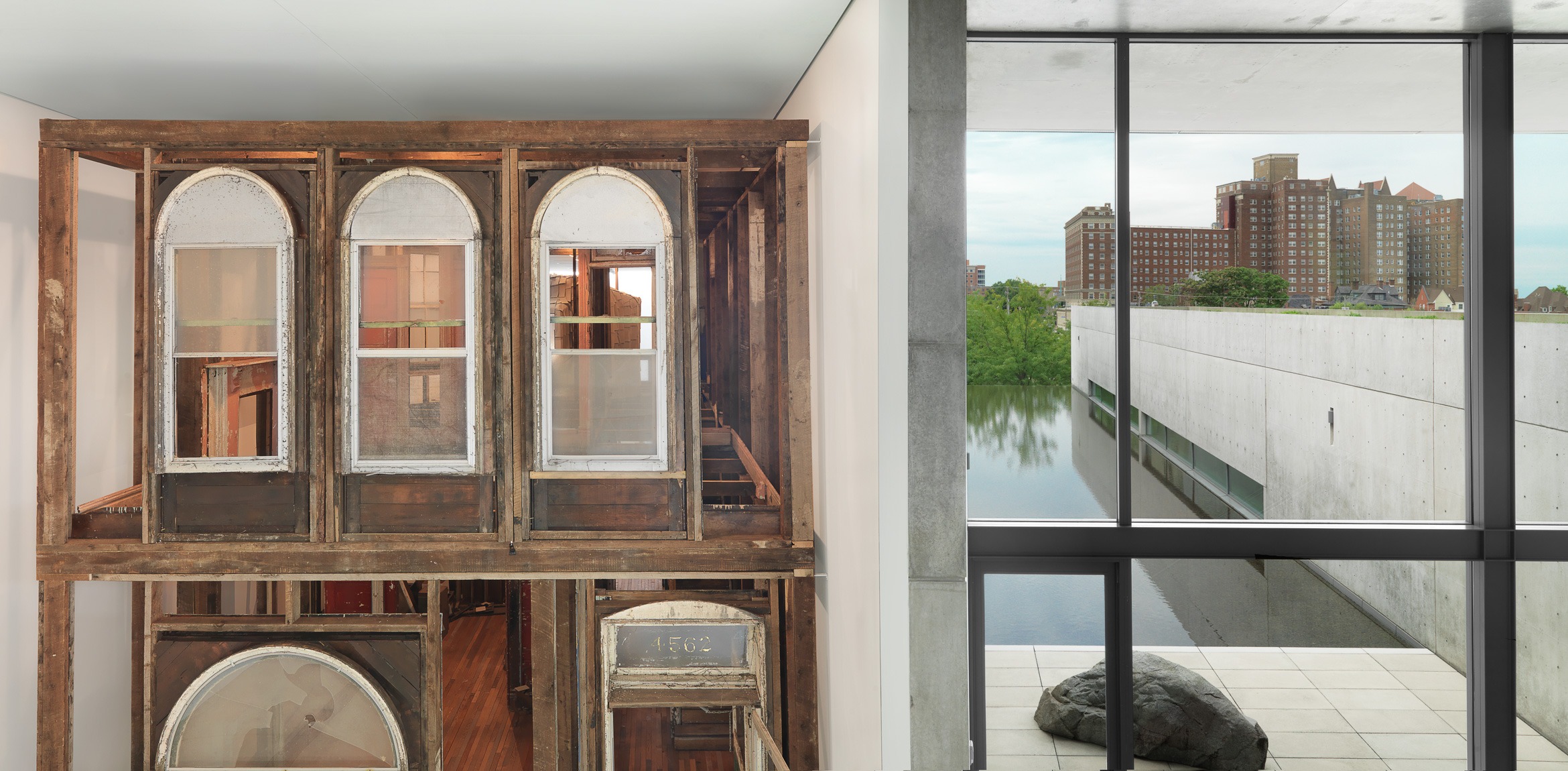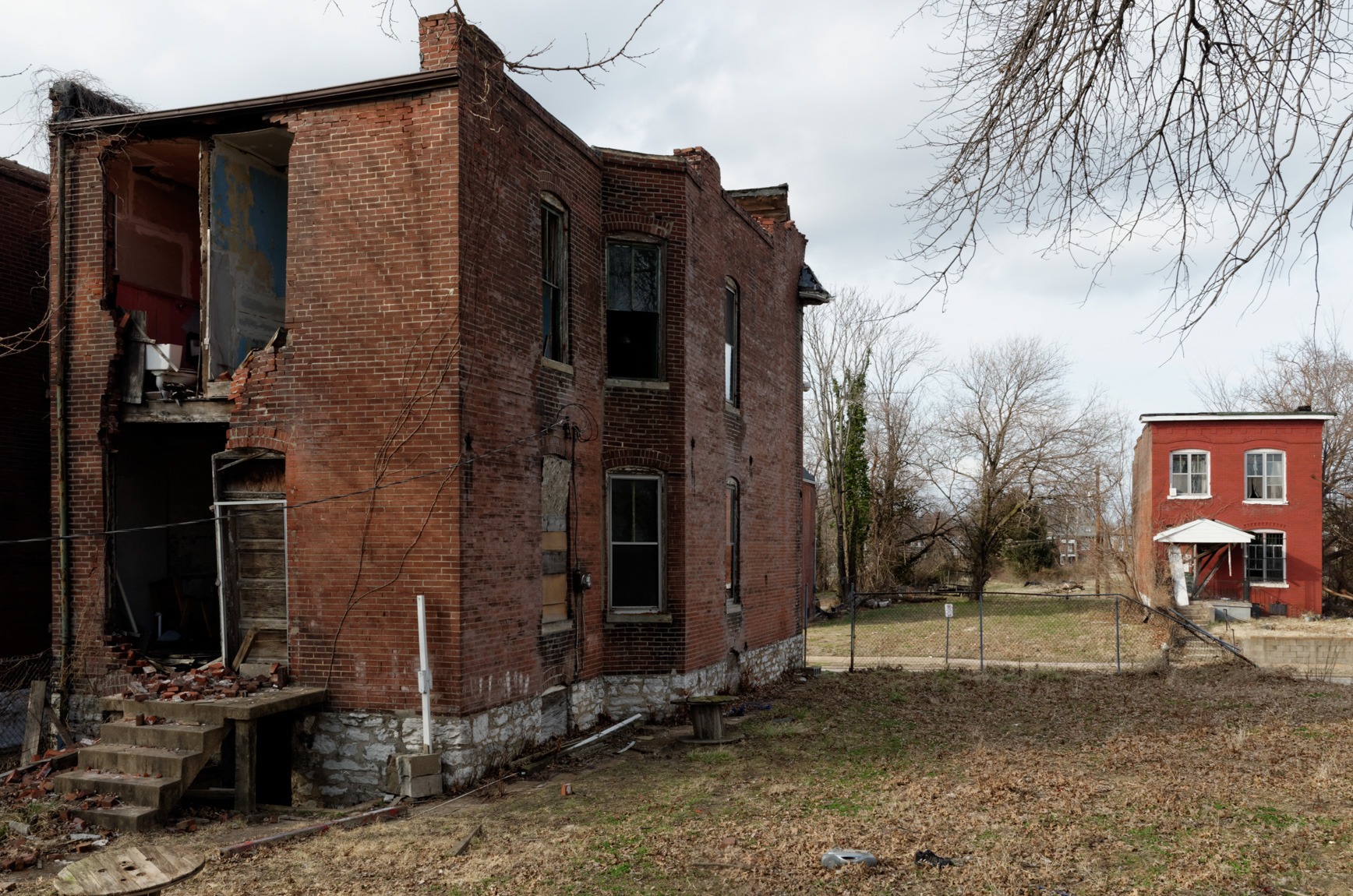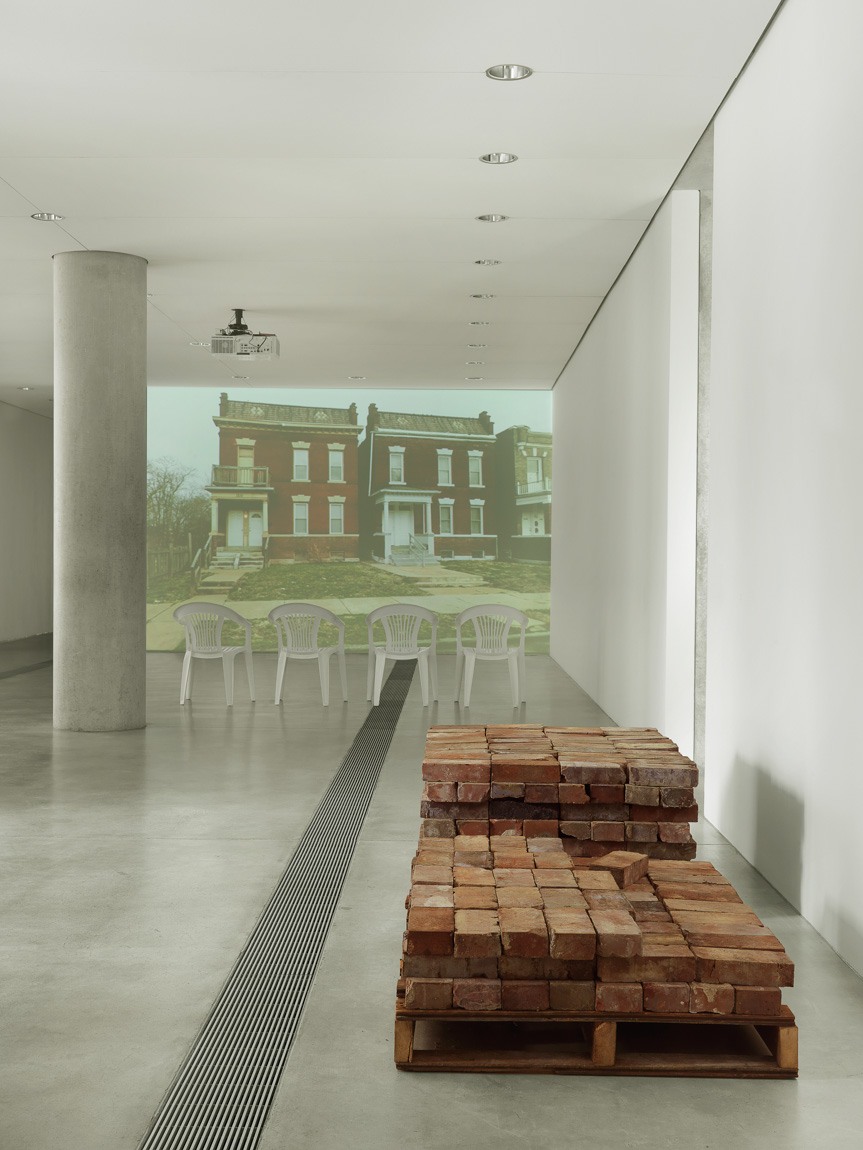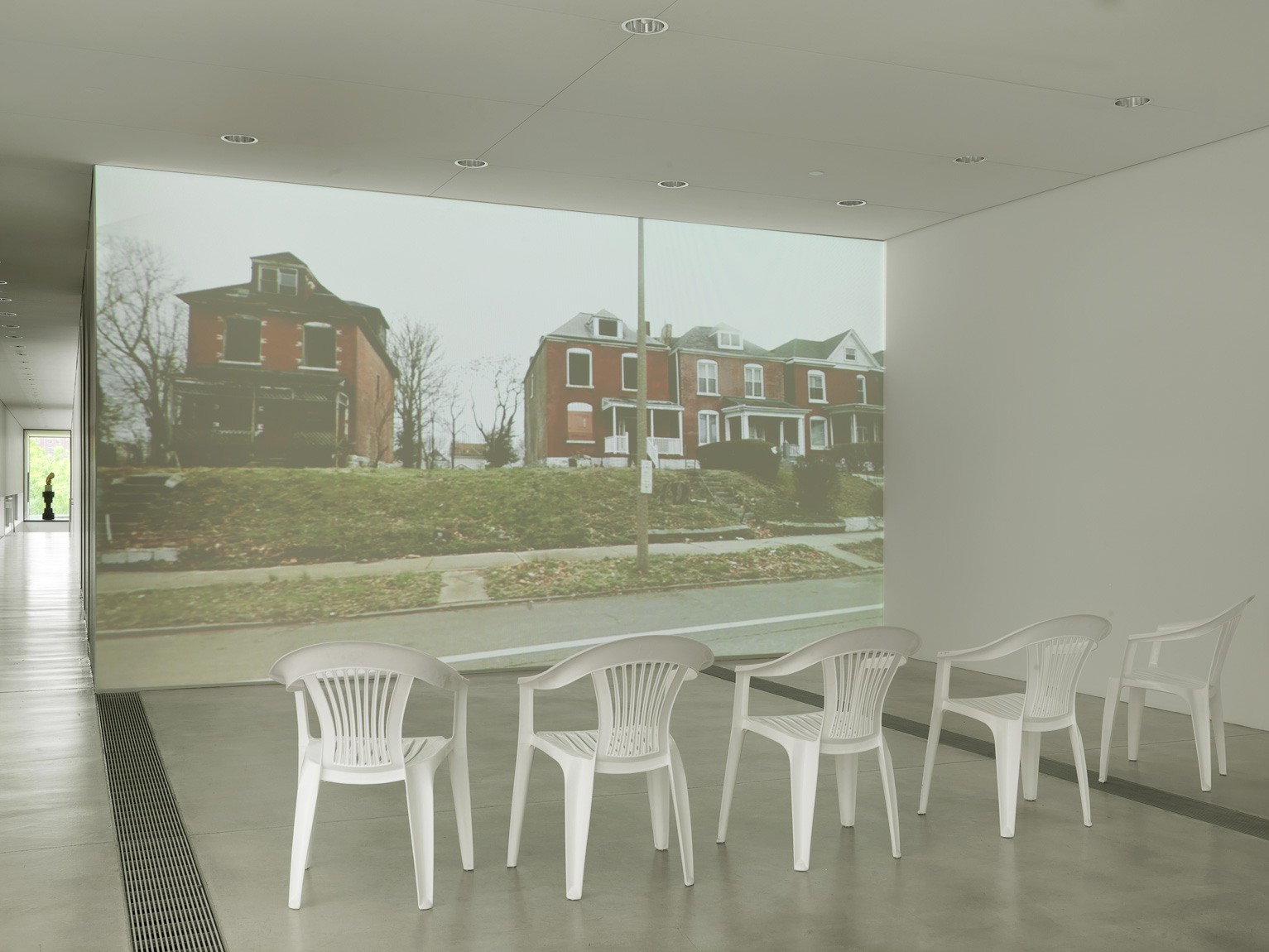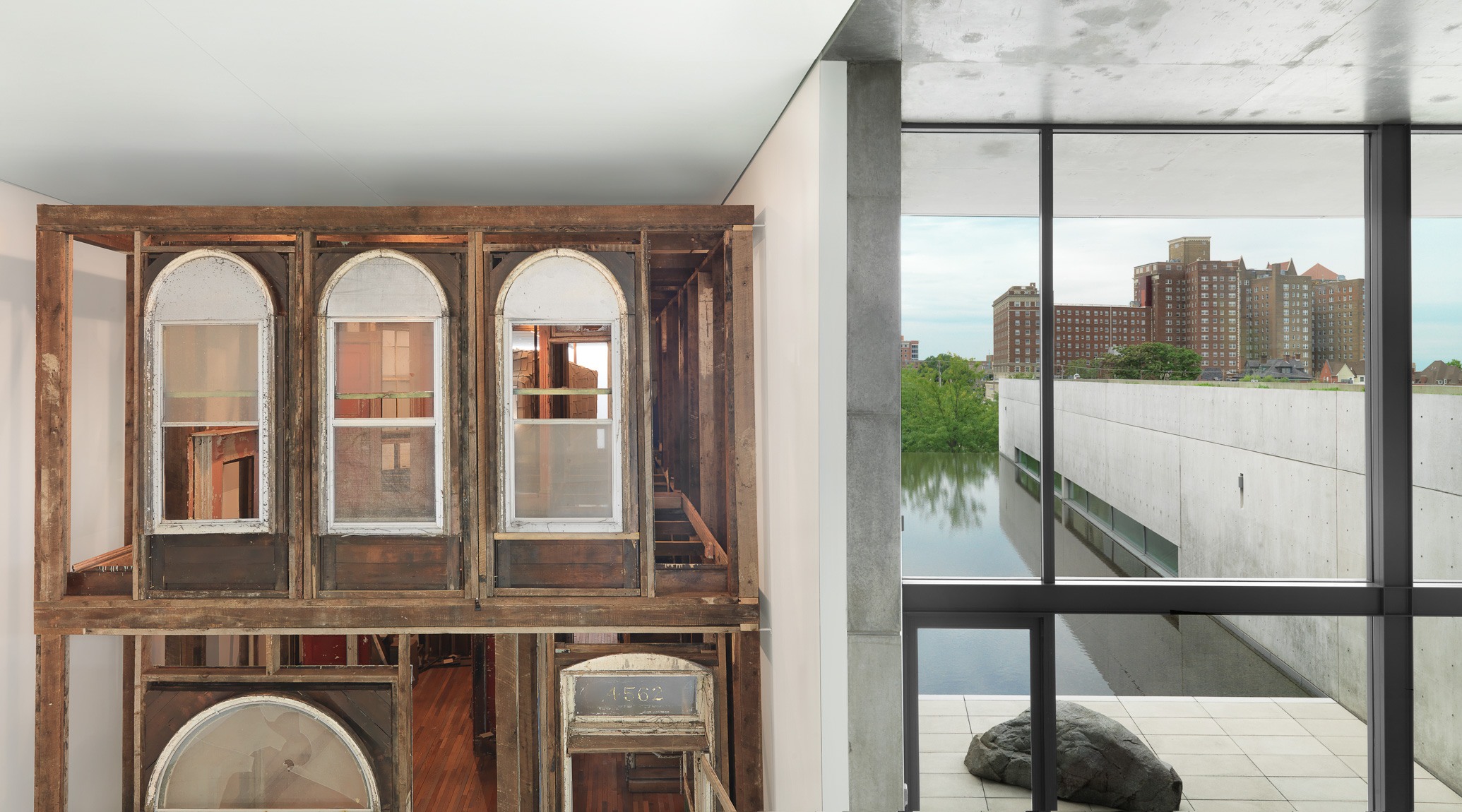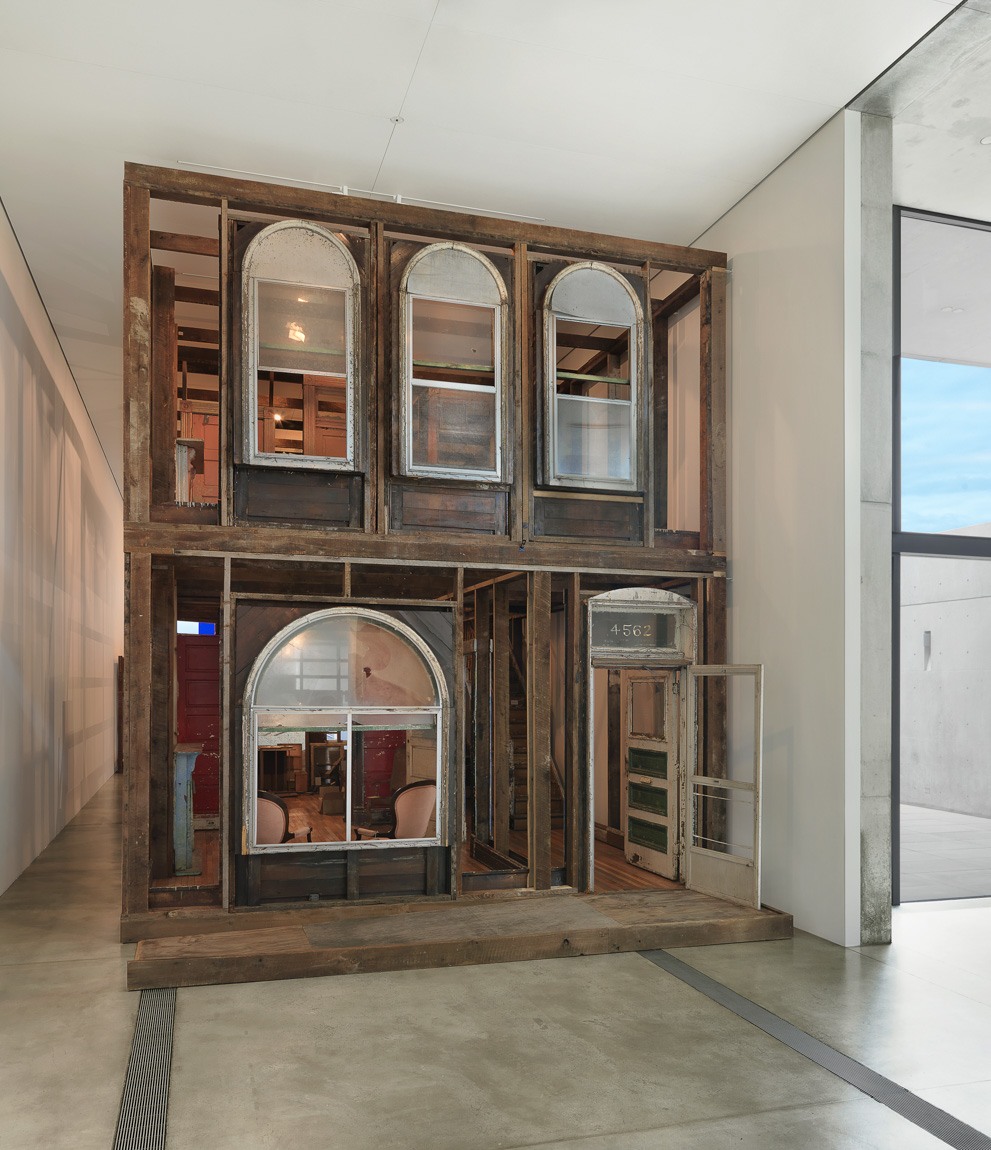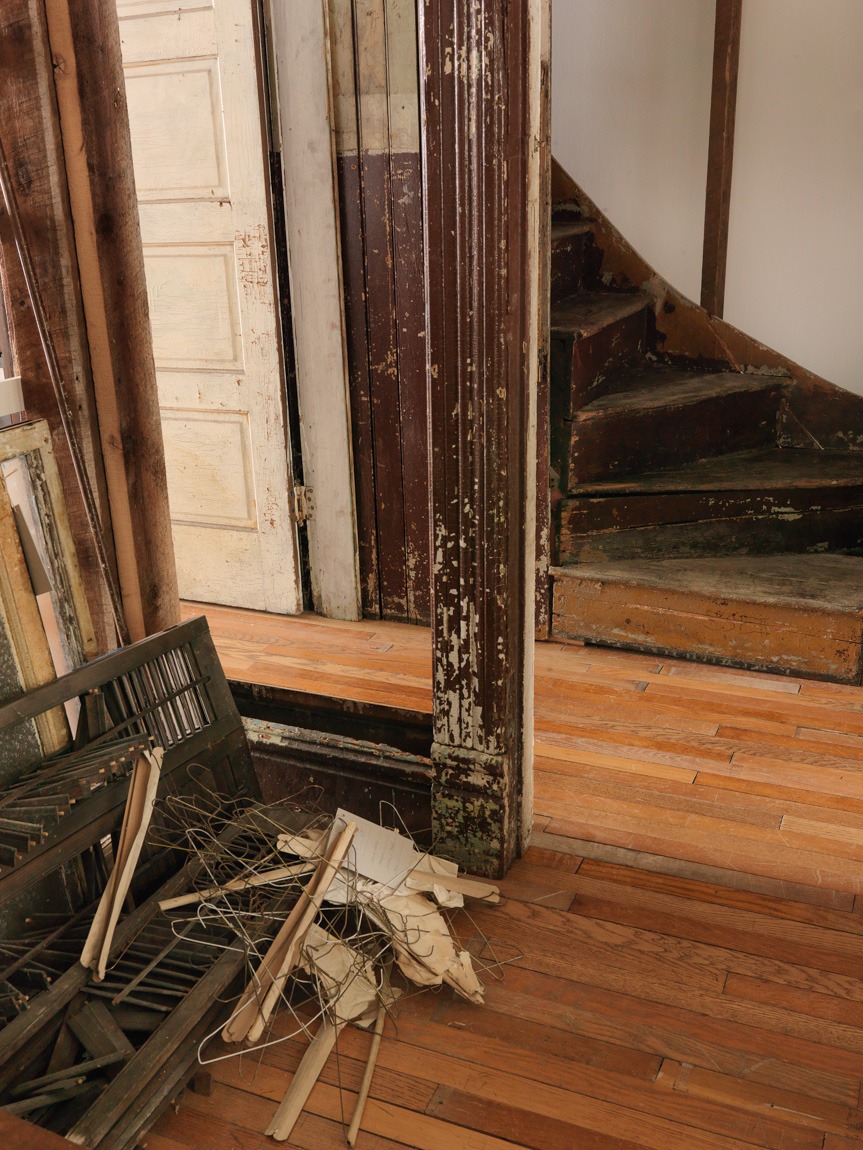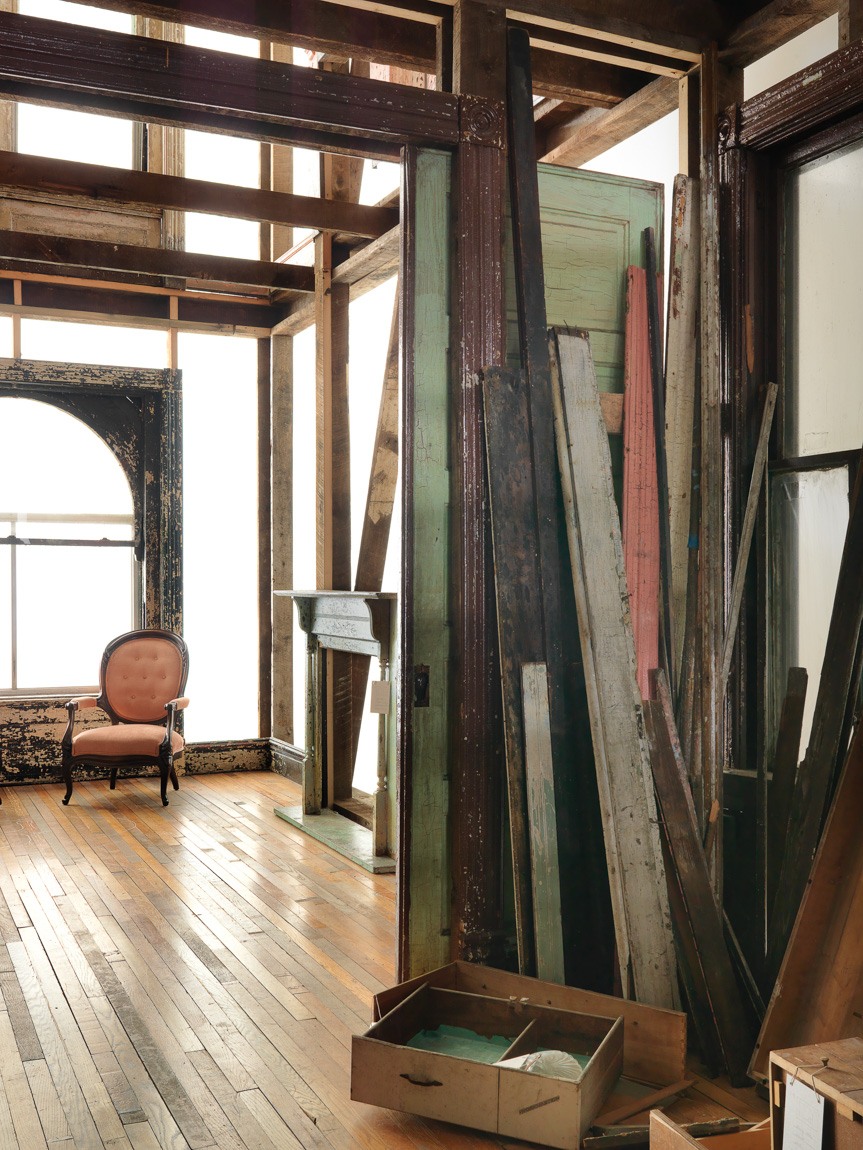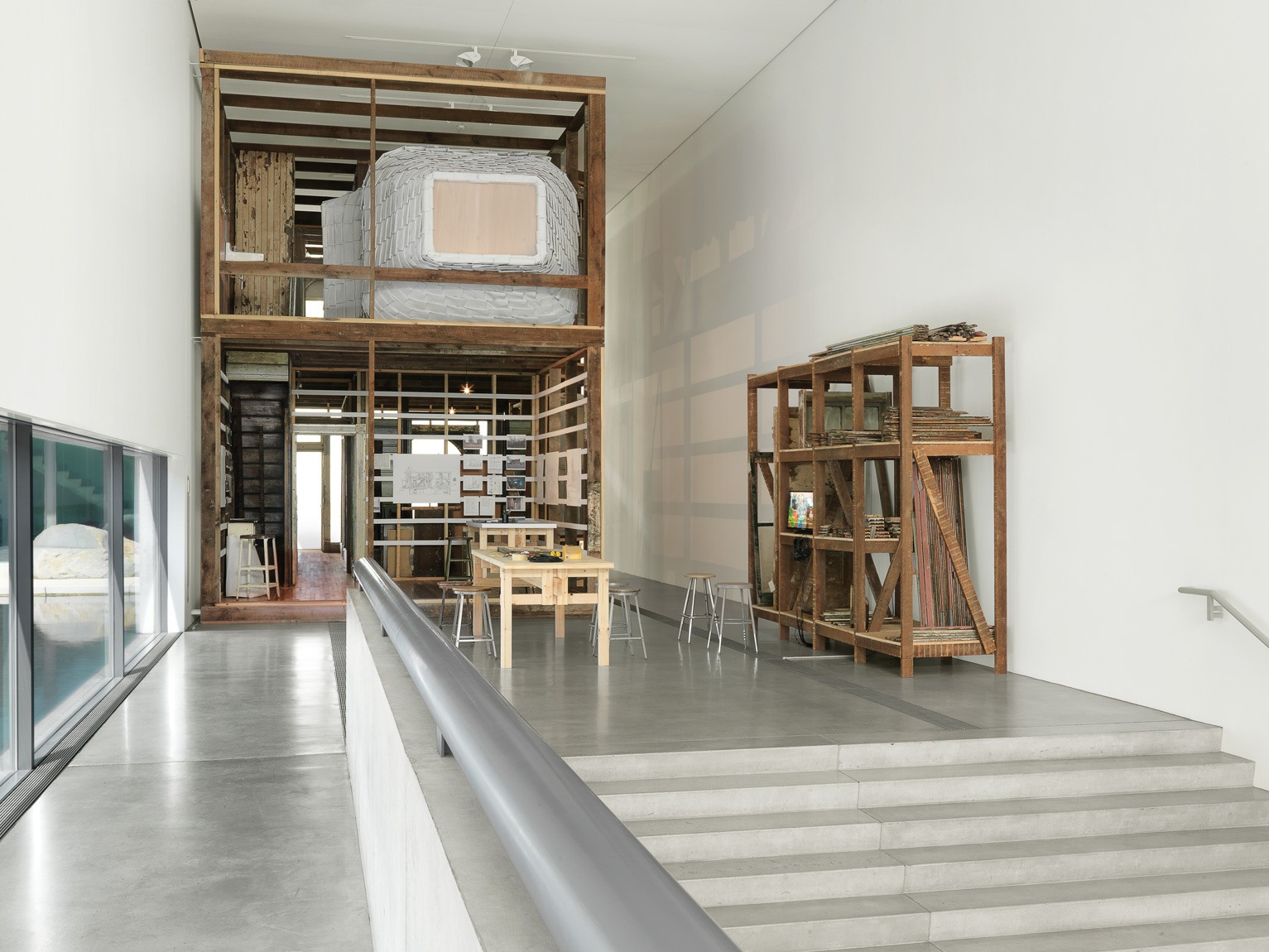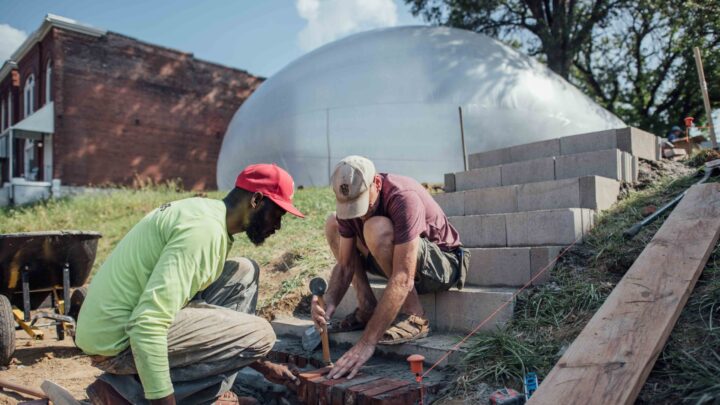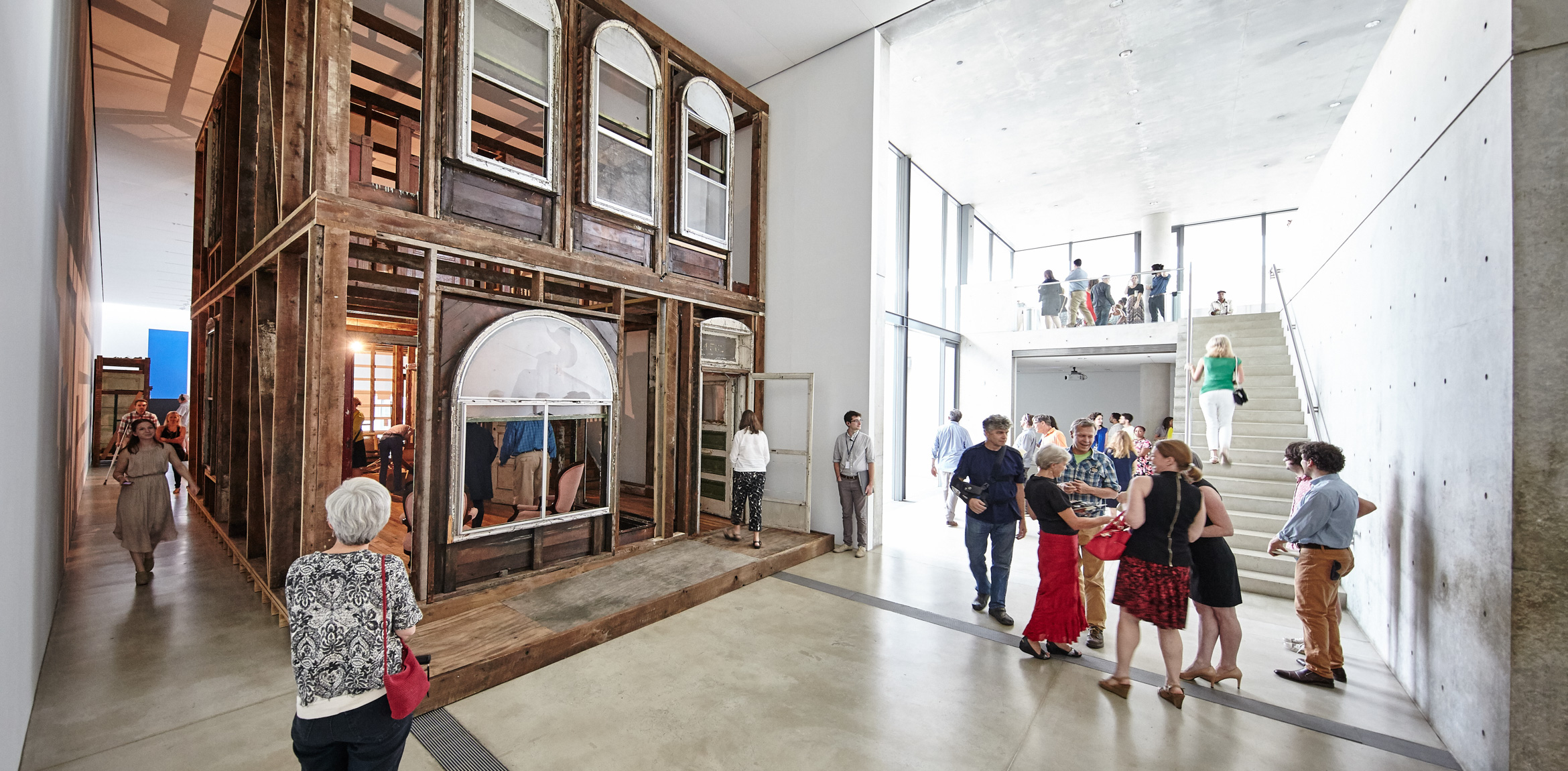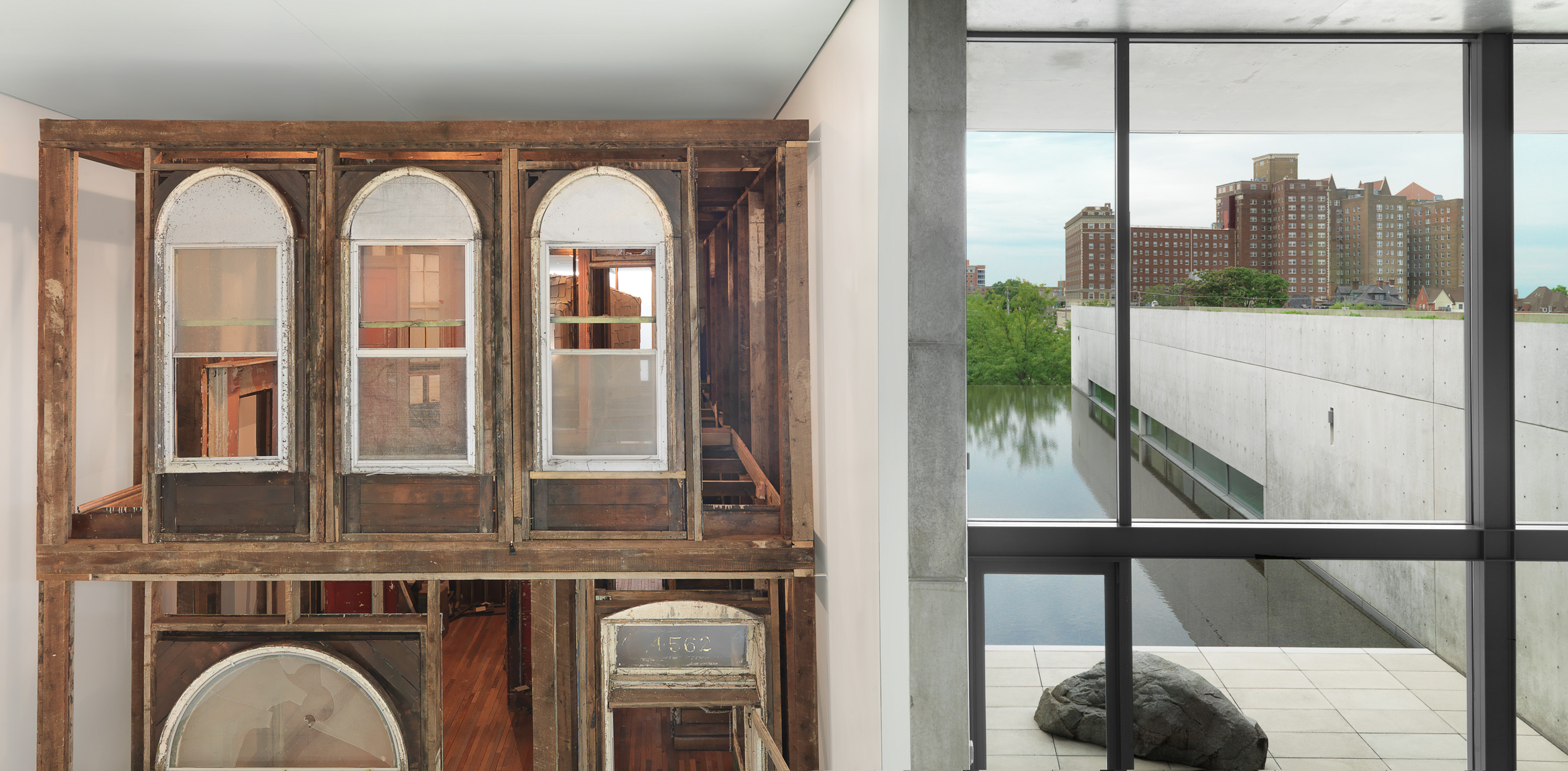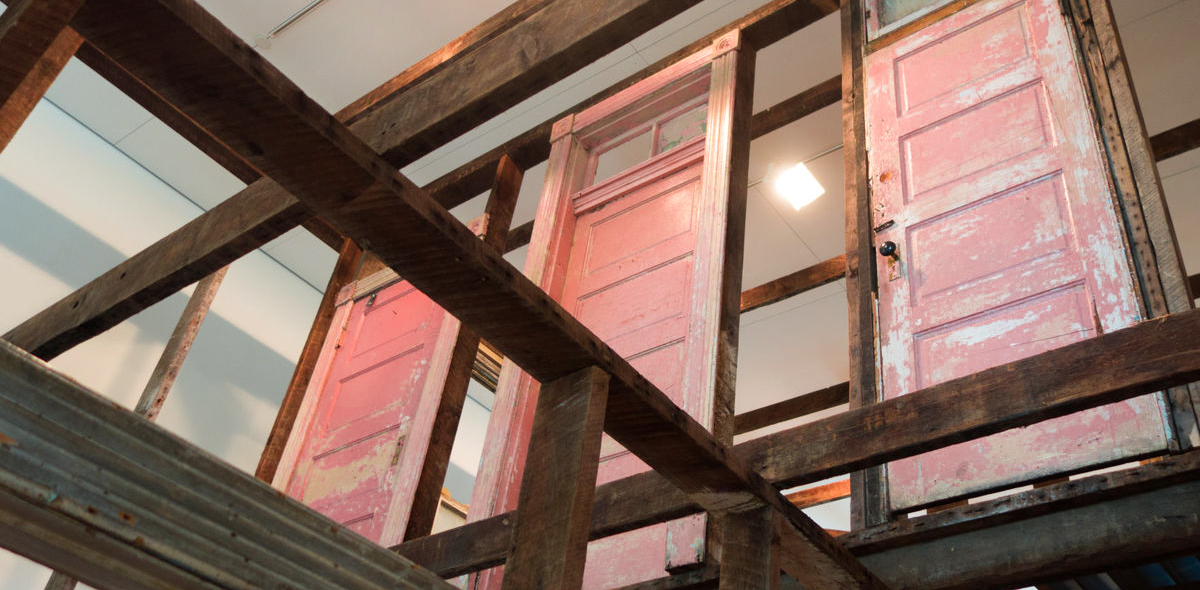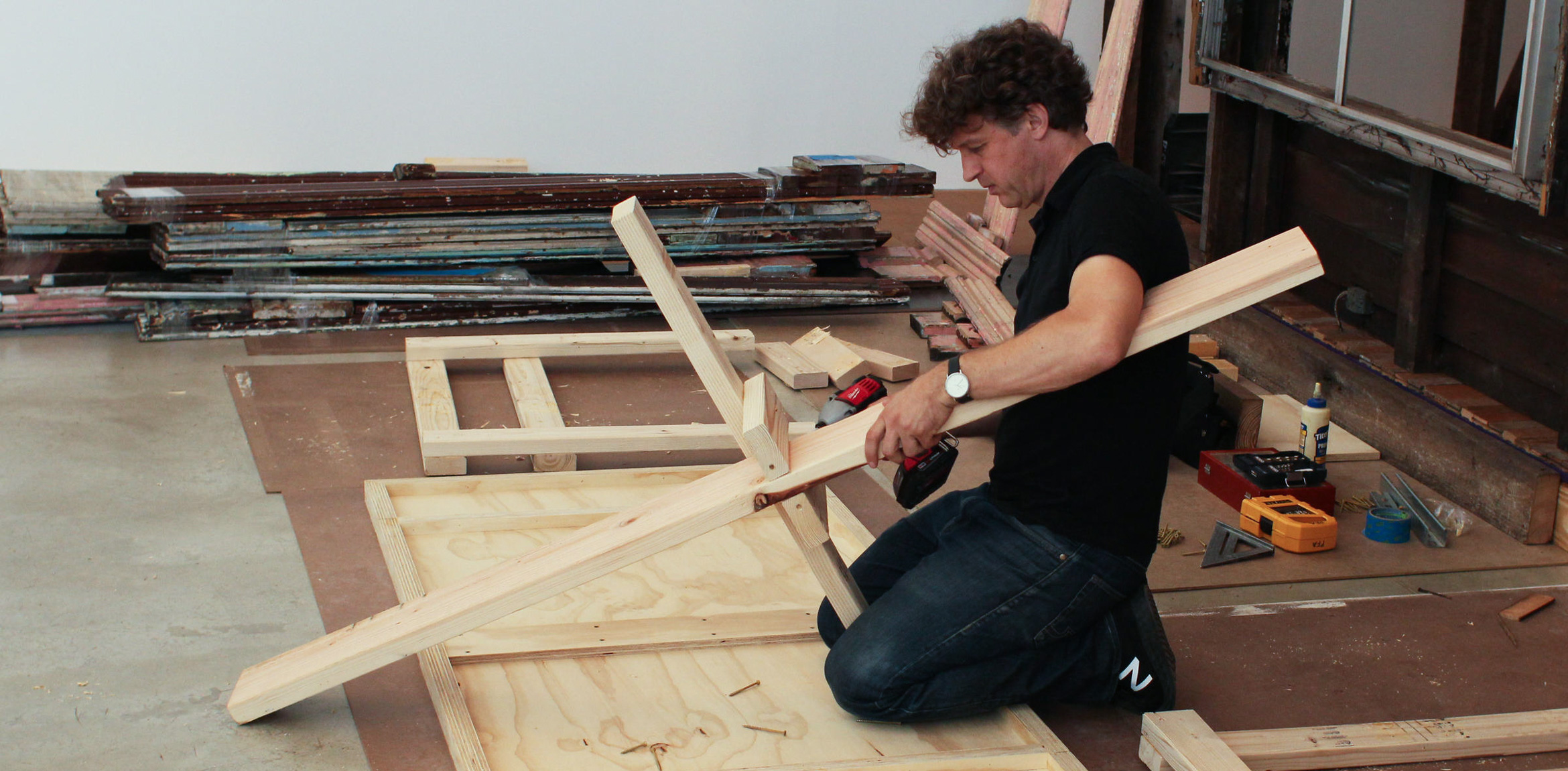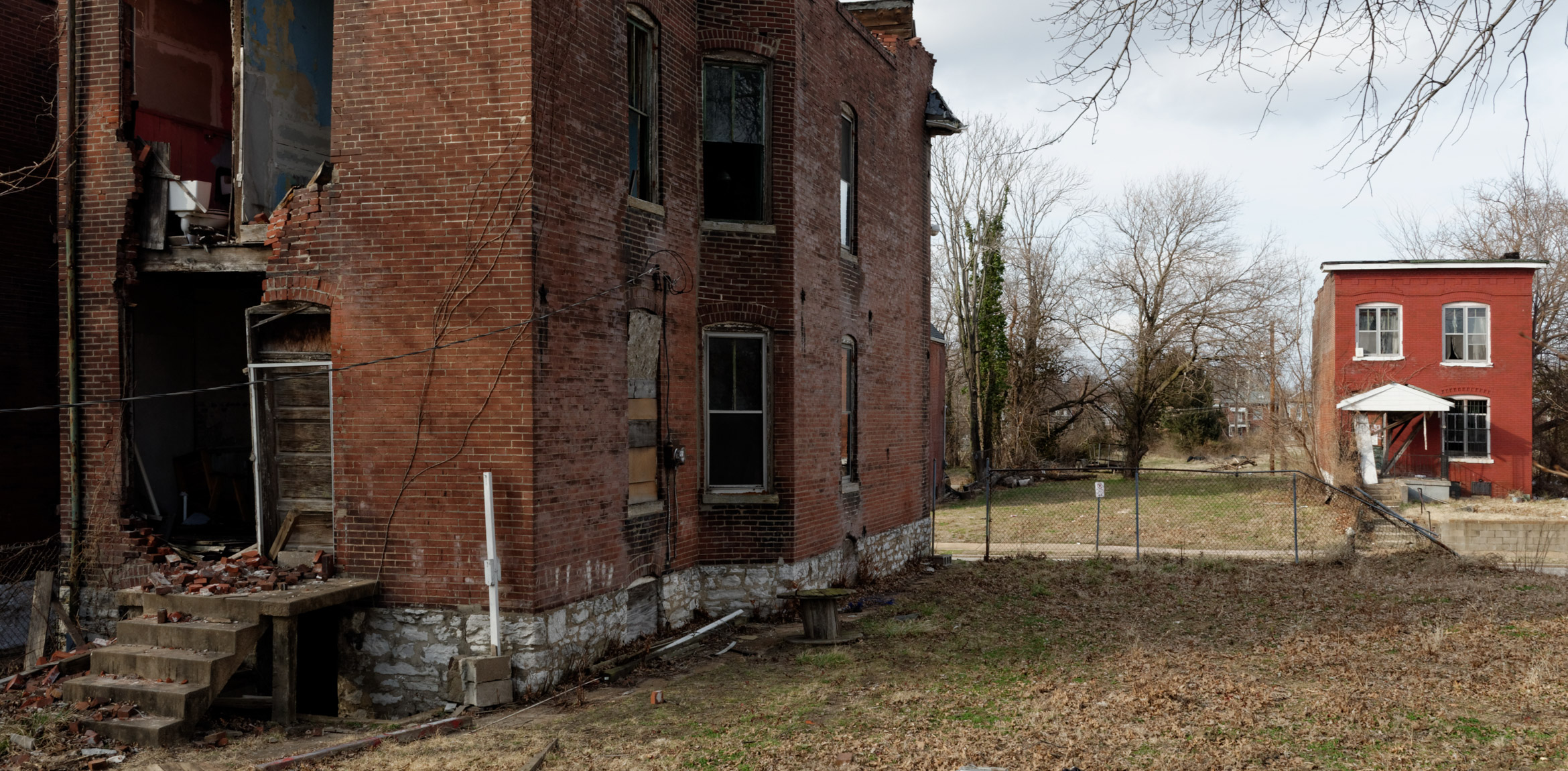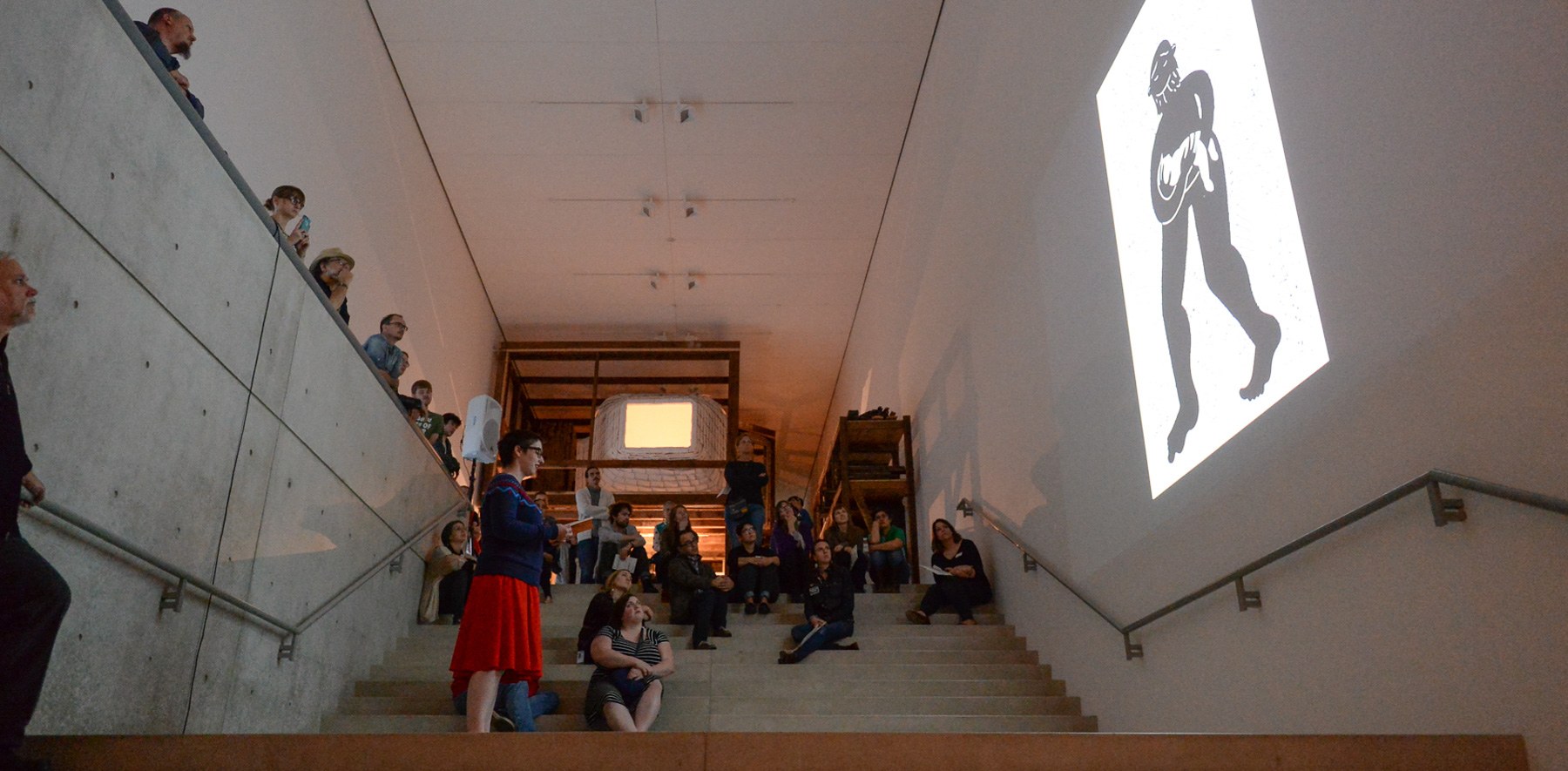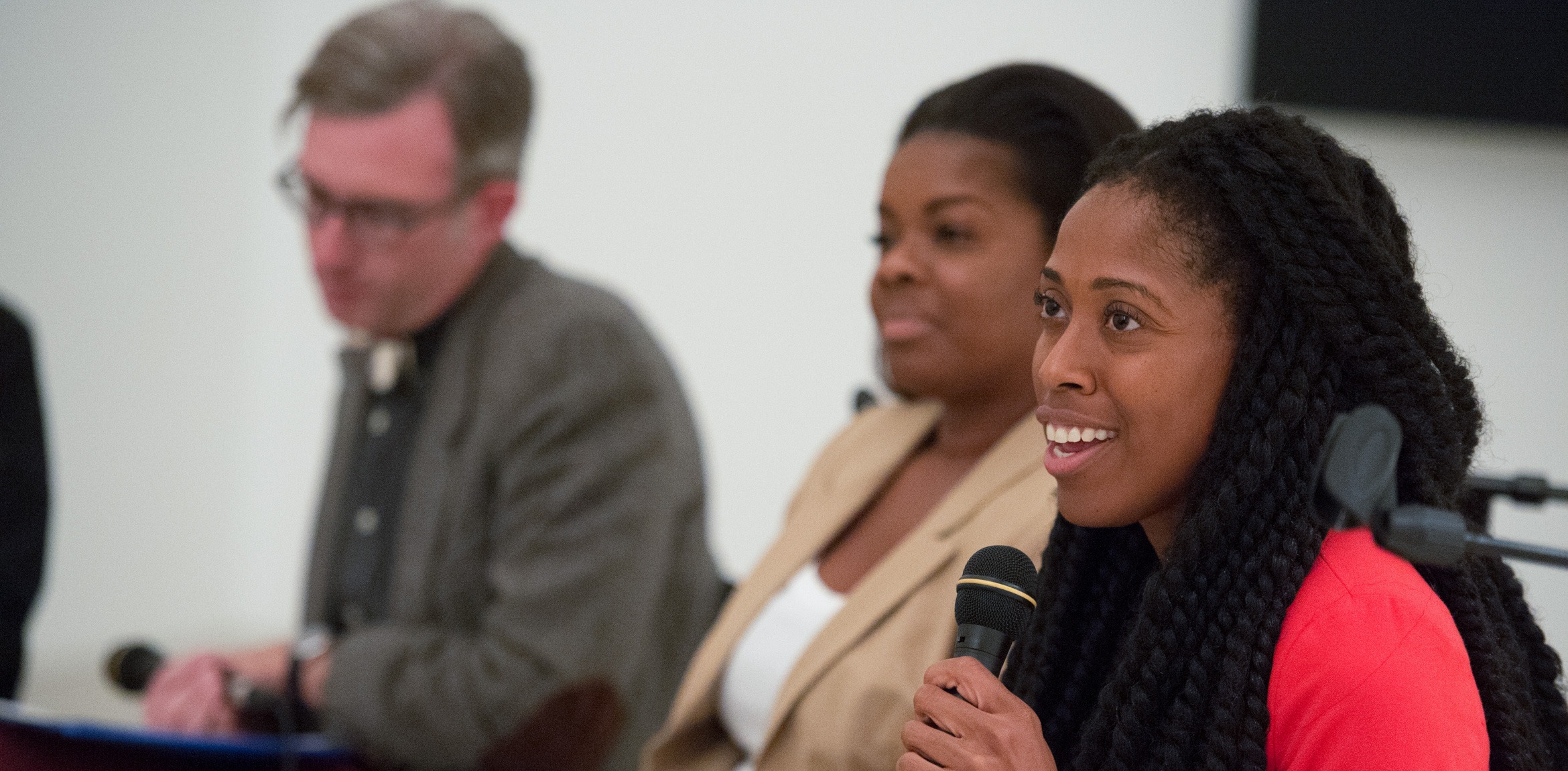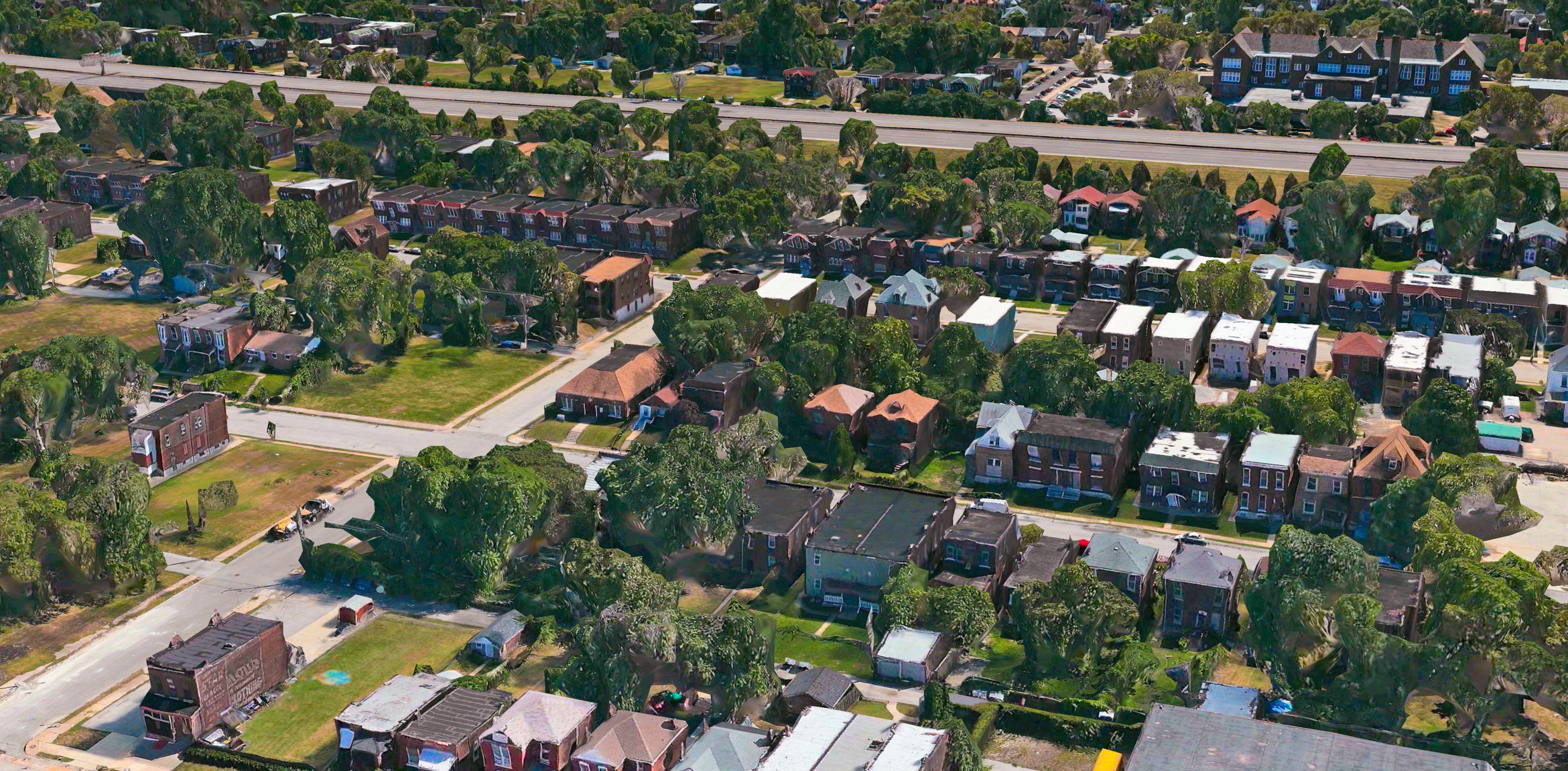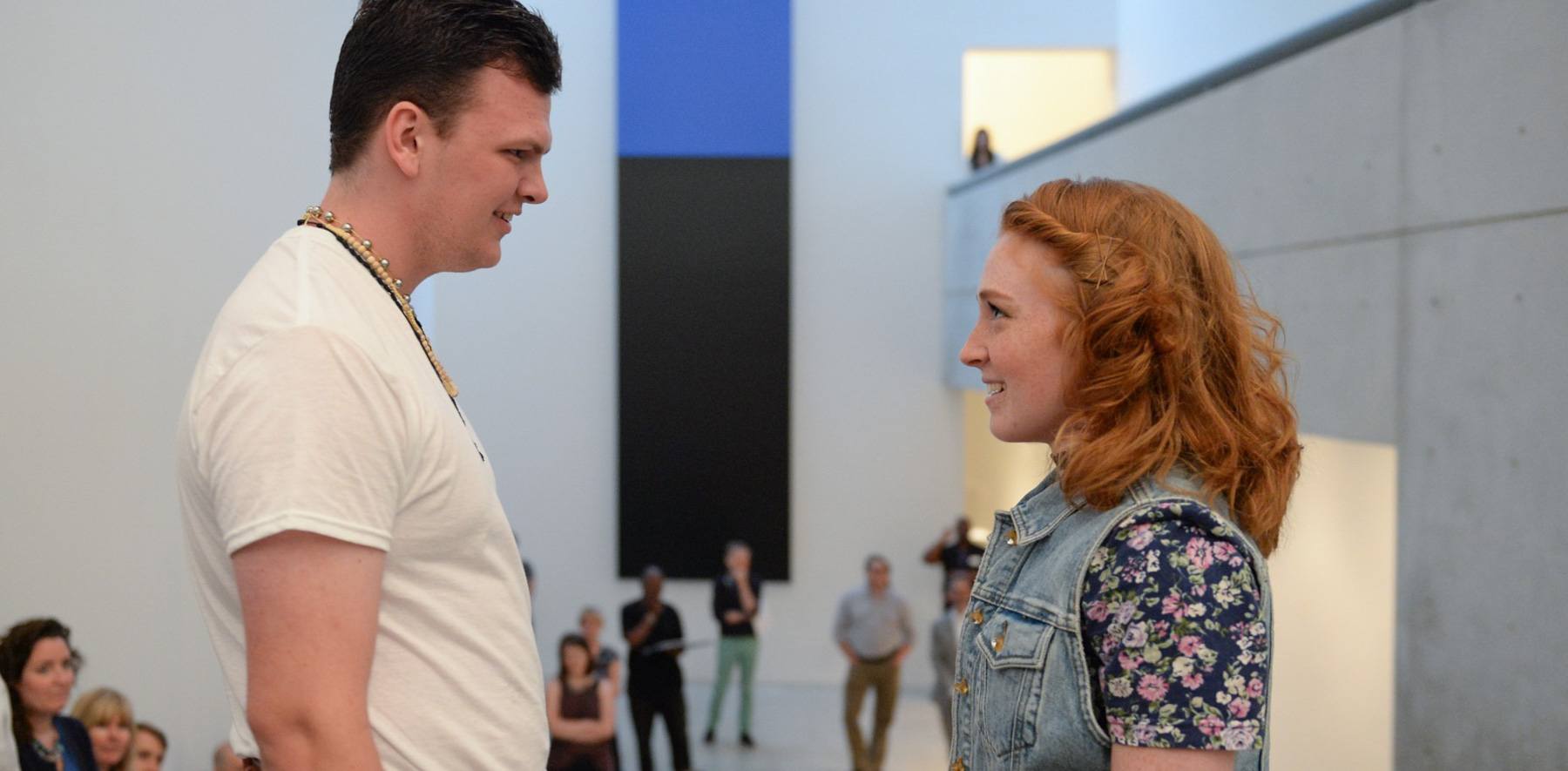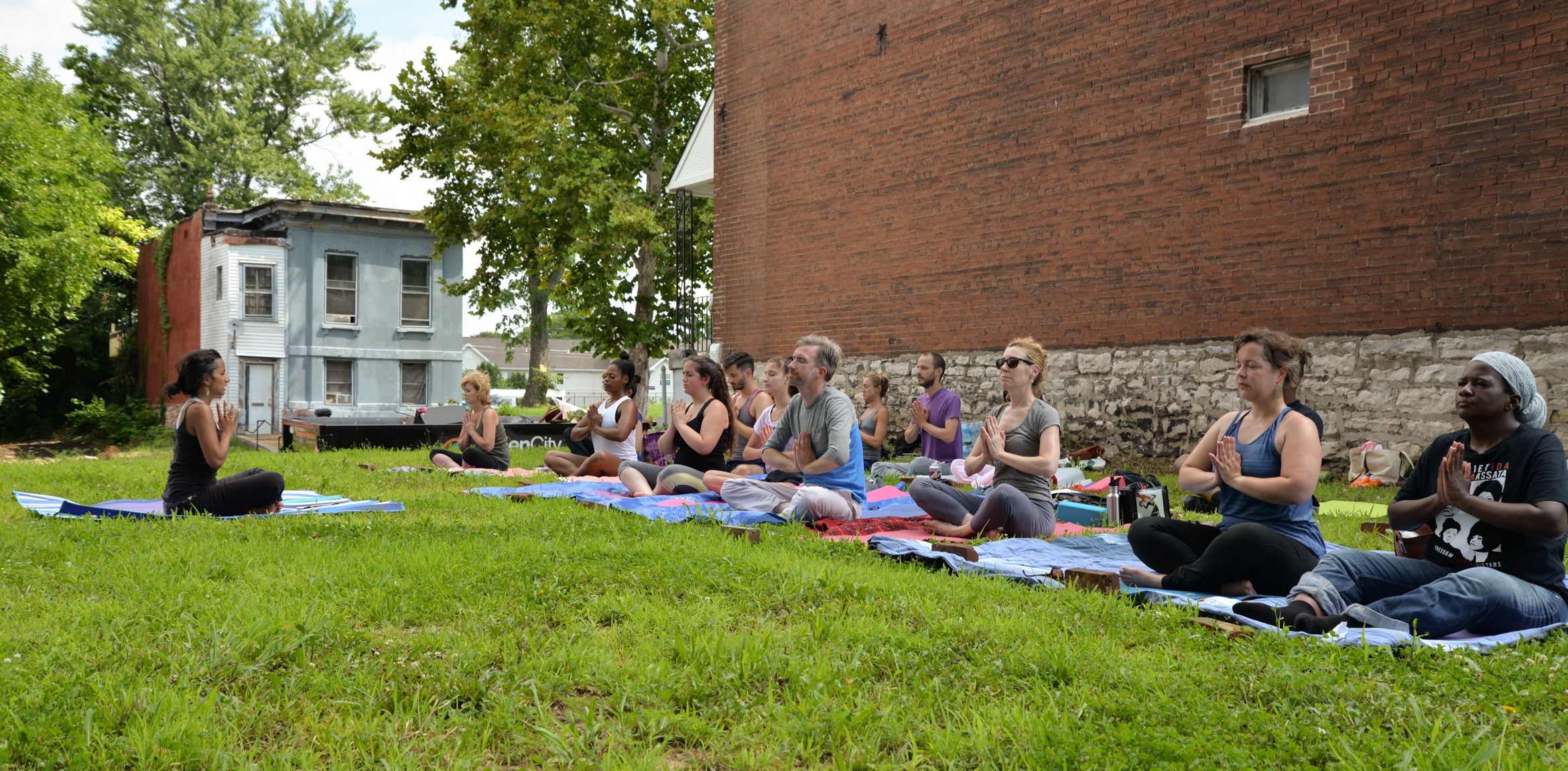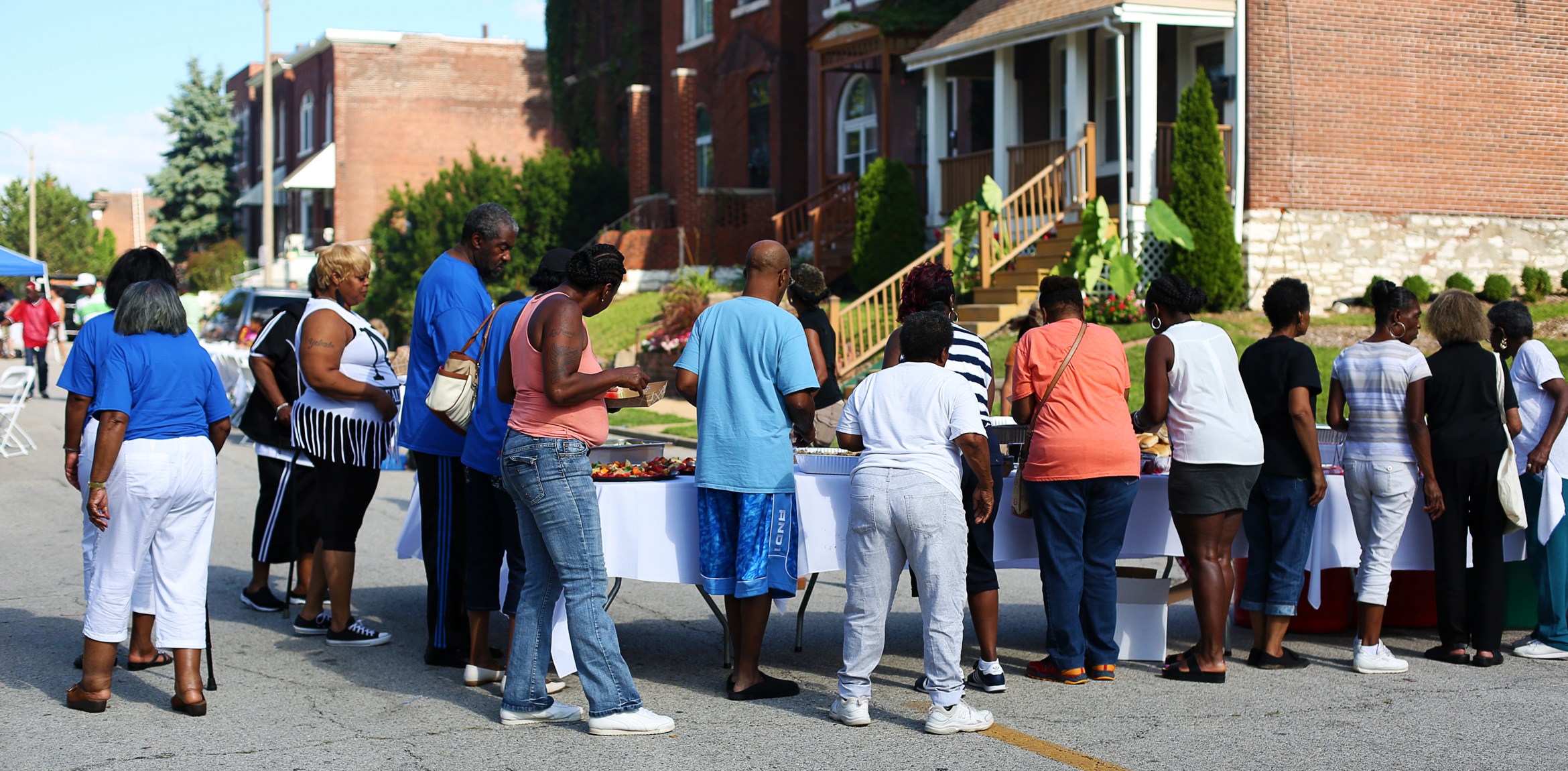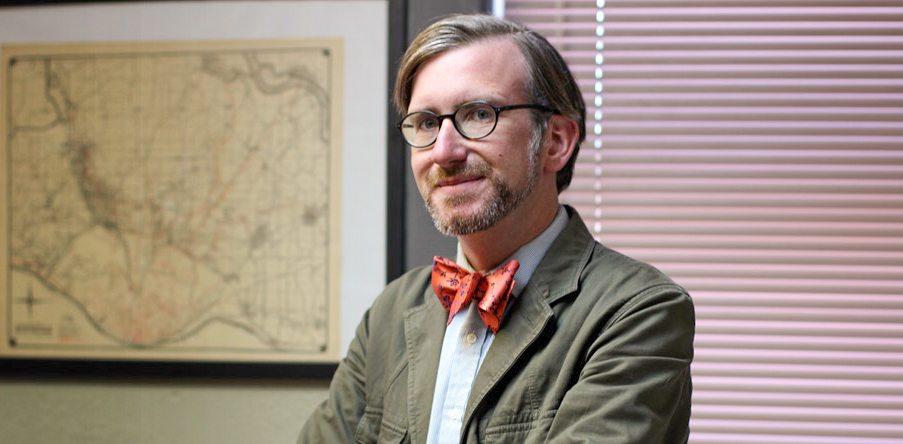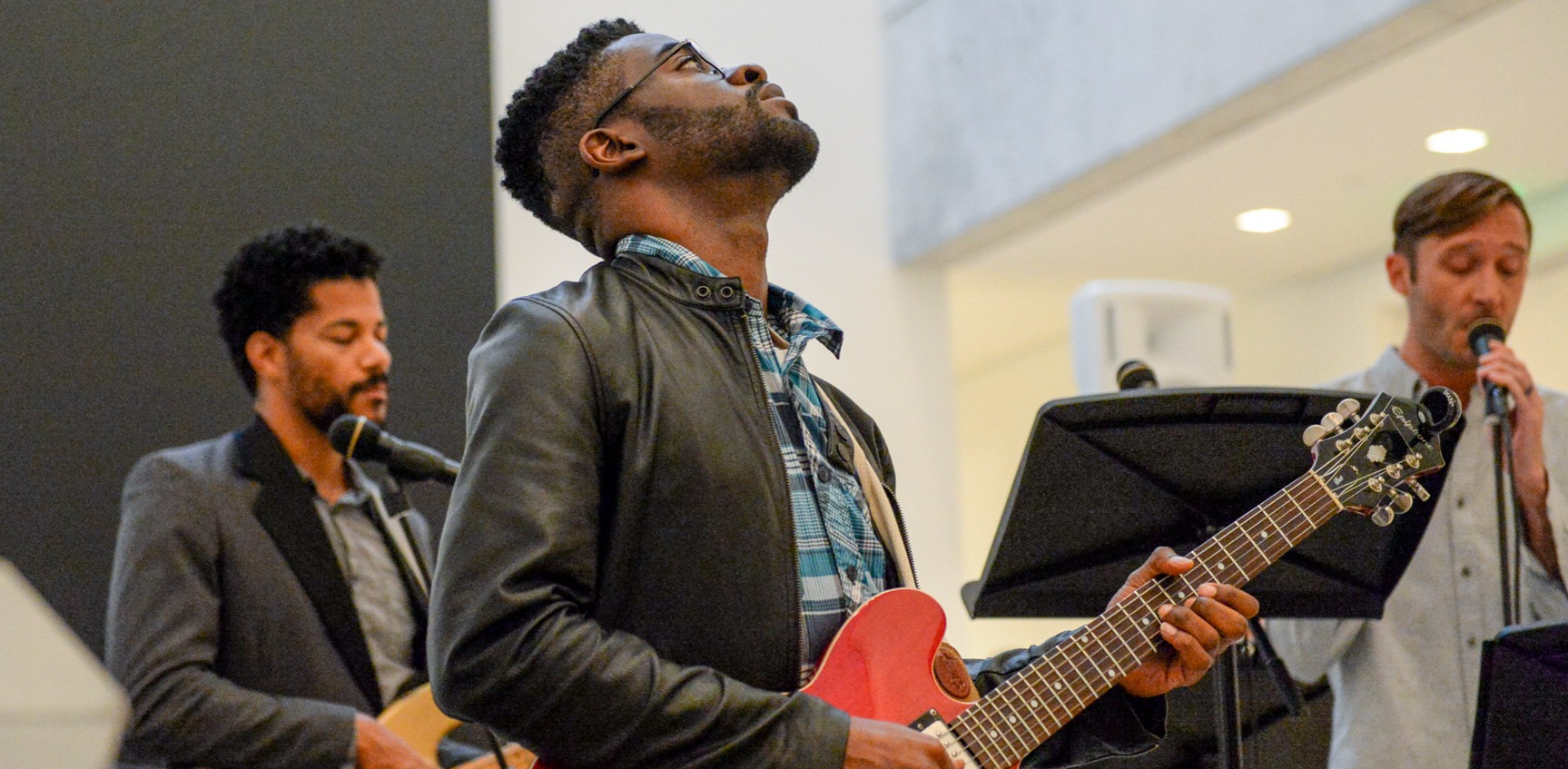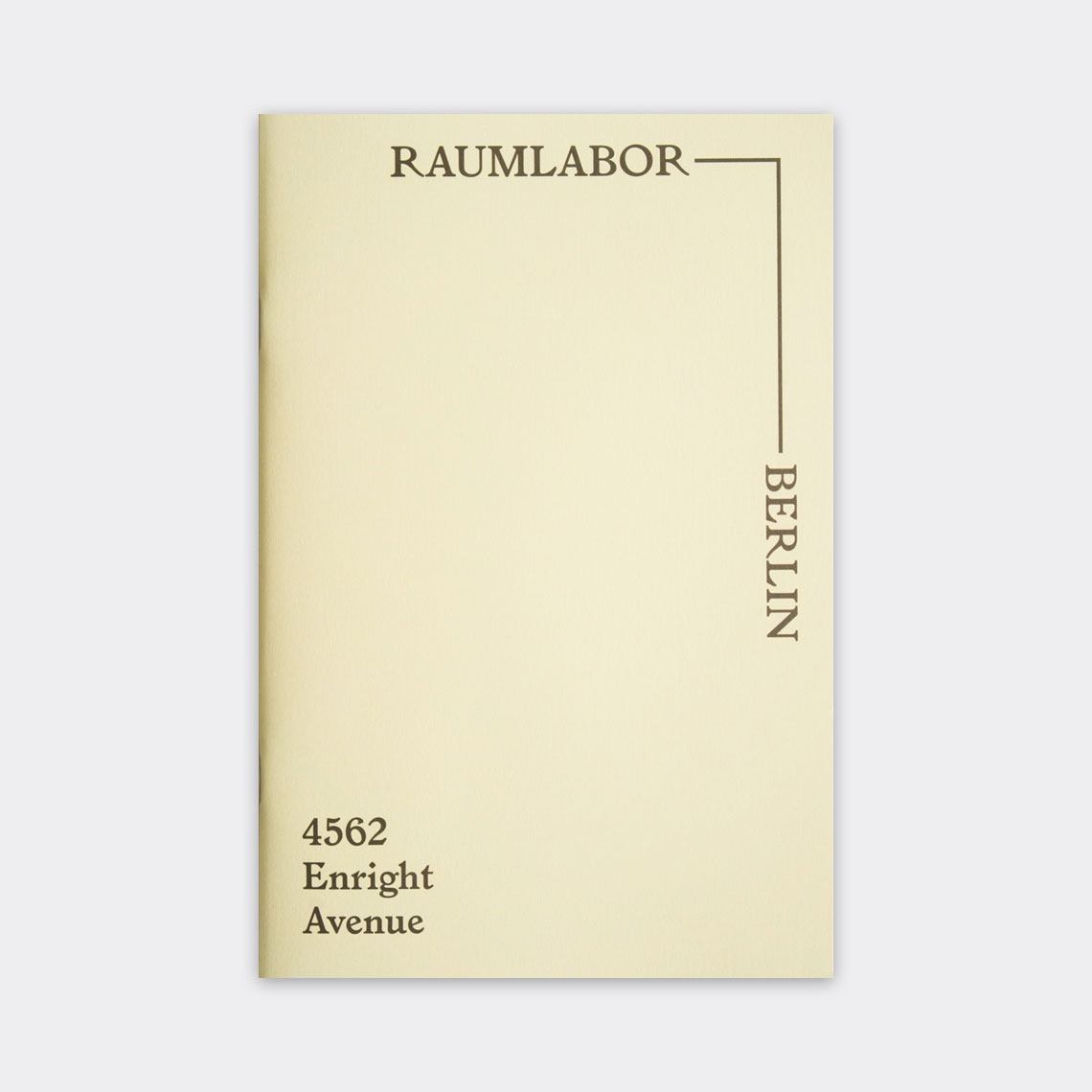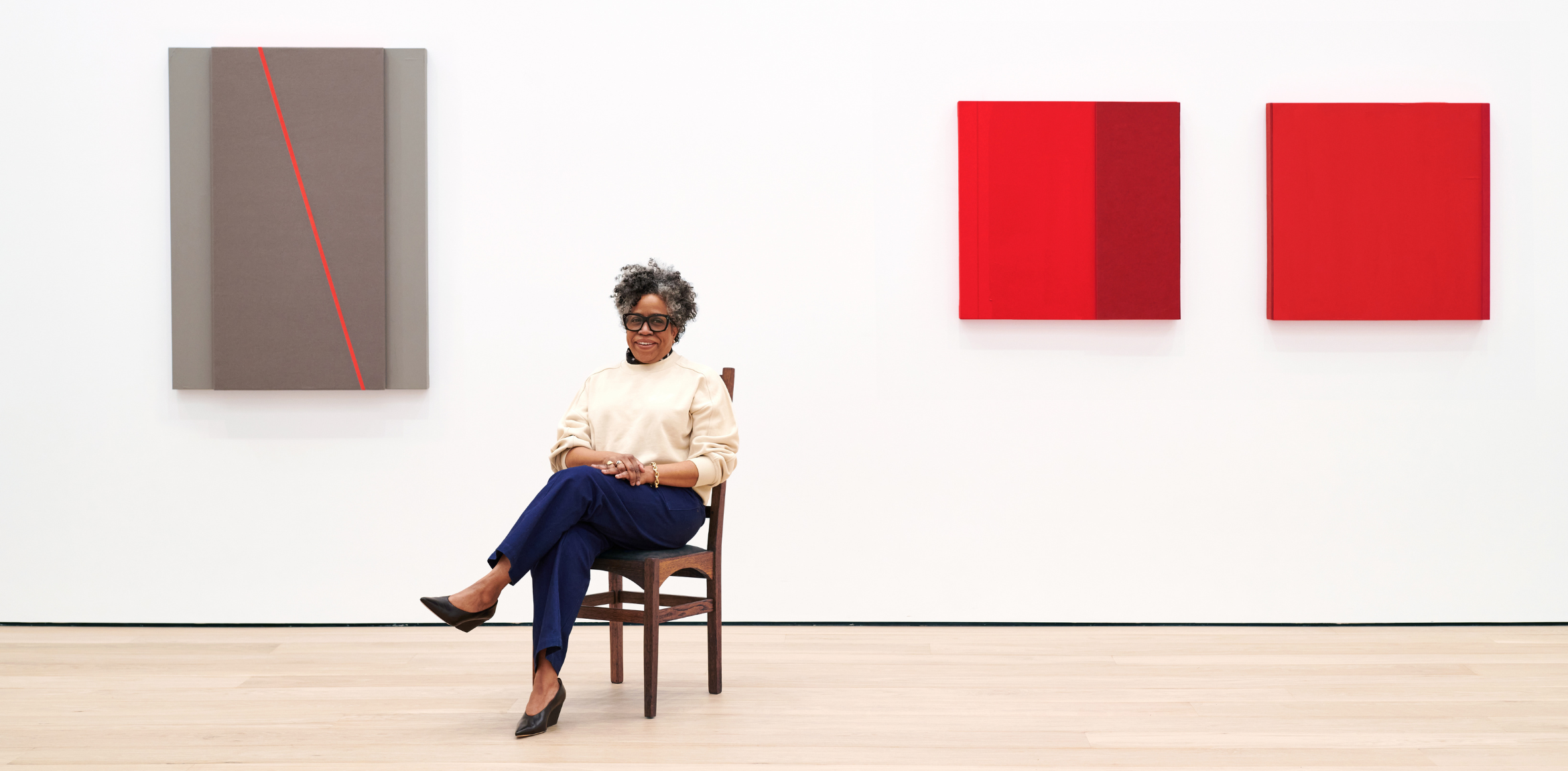What does a house represent, and how does it reflect our lives, desires, and dreams?
These questions are more urgent than ever in the City of St. Louis, which has experienced a residential decline of over 60% since its peak population in the 1950s. Vacant properties have become a persistent feature of the urban landscape, and over 7,000 buildings—mostly homes—are currently designated as unsafe and fated for demolition.
The Pulitzer has commissioned Berlin-based architecture collective raumlaborberlin to create a work that responds to the conditions in St. Louis and reimagines uses for these buildings and their assets. Working closely with neighborhood residents and other key figures in urban planning and organizing, raumlaborberlin will salvage materials from a house fated for demolition and create an installation in the Pulitzer’s main gallery that reflects the house’s historical past, tenuous present, and speculative future.
Working at the intersection of architecture, city planning, art, and urban intervention, raumlaborberlin creates projects in public space that investigate strategies for urban renewal. This is their first major museum commission in the United States.
This exhibition would not be possible without the city officials and other experts who shared their knowledge and skills, especially: the neighbors on 4500 and 4600 block of Enright; Lewis Place Historical Preservation, Inc.; Lewis Place Improvement Association; Terry Kennedy, Ward 18 Alderman; St. Louis City Building Division; St. Louis Development Corporation – Land Reutilization Authority; Z & L Wrecking Company; Refab; Century Brick; American Timber and Salvage; and the Preservation Research Office. We also extend our gratitude to the creative collaborators who will be taking part in a series of public programs—the neighbors, historians, artists, planners, and city officials who will together explore strategies for addressing vacancy, urban planning, and public policy in St. Louis and beyond.
